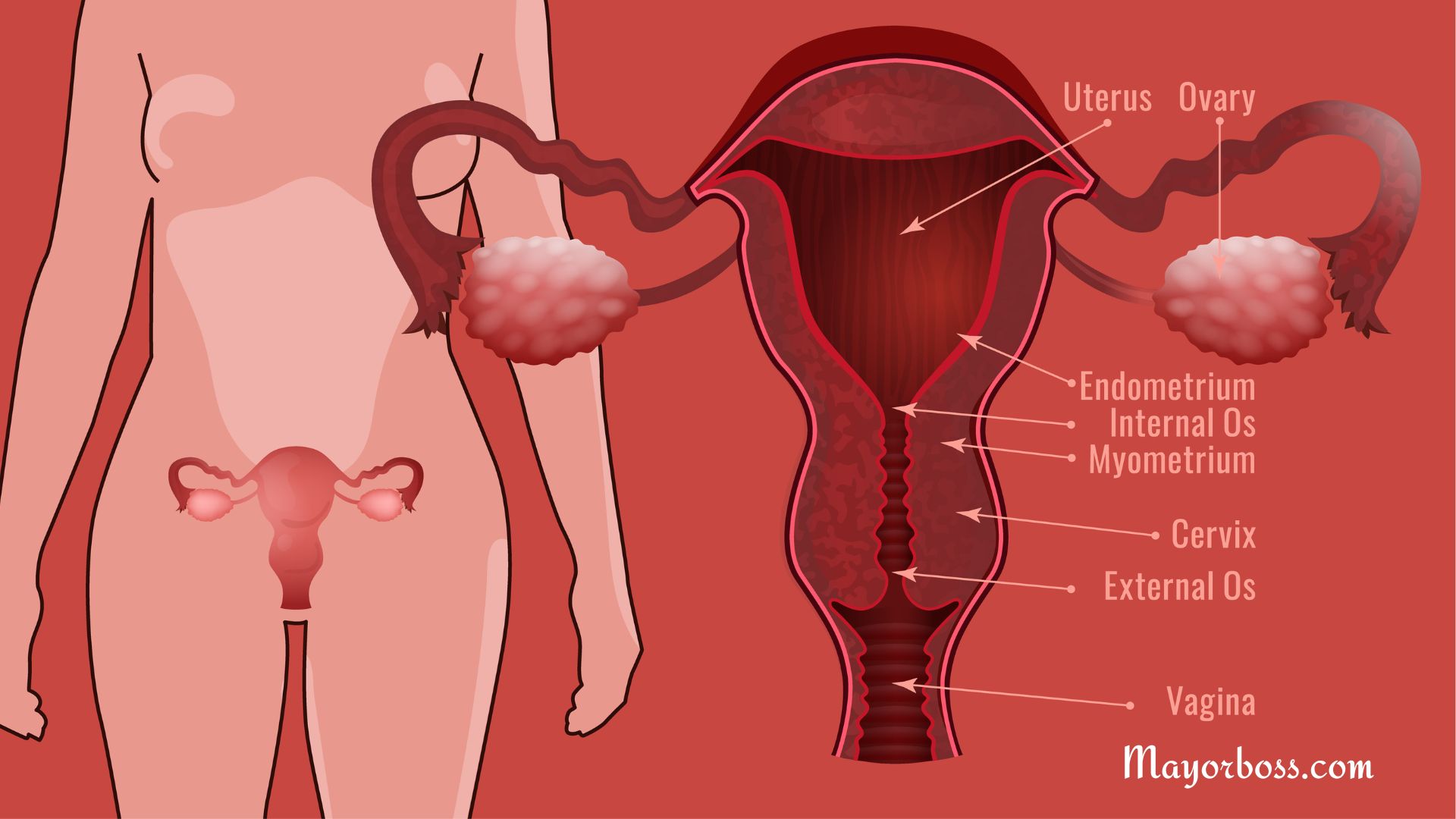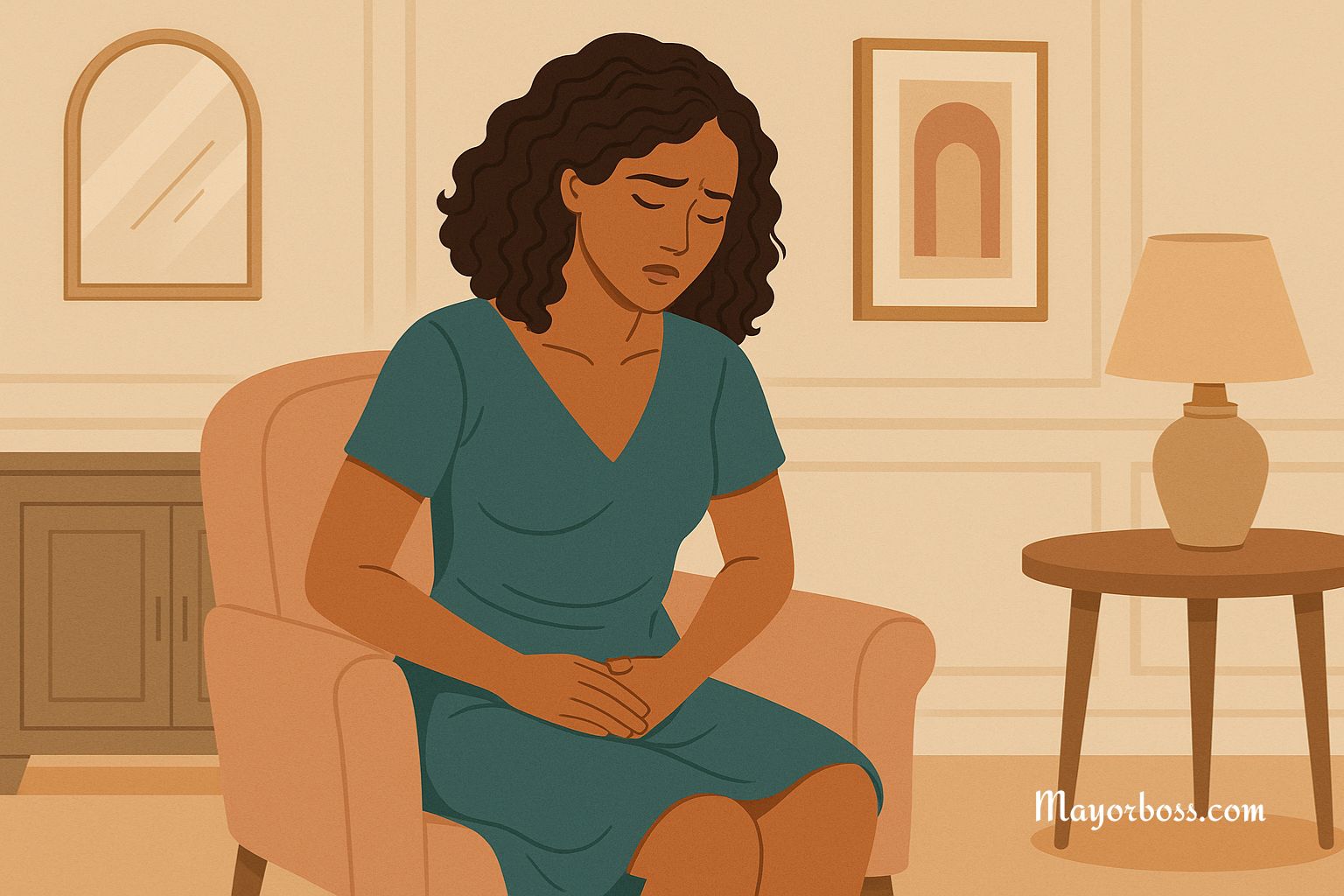Are You Suffering From Bacterial Vaginosis? Here Are the Symptoms to Look For.
Bacterial vaginosis (BV) is a common vaginal infection that affects many women. It occurs when there’s an imbalance of good and bad bacteria in the vagina. The symptoms might include unpleasant odors, abnormal vaginal discharge, itching, or discomfort.
If you notice a smell fishy and unpleasant smell or abnormal discharge from your vagina, you might be suffering from bacterial vaginosis. This condition is not only bothersome but can also have significant health impacts if left untreated. So, what exactly is bacterial vaginosis, and how can you identify it? Here’s everything you need to know.

What Is Bacterial Vaginosis?
In layman’s terms, bacterial vaginosis is an infection that occurs in the vagina due to an imbalance of bacteria. Here’s a closer look:
- Normal Balance: Normally, the vagina contains both good and bad bacteria. The good bacteria help keep the bad ones under control.
- Imbalance: BV happens when the bad bacteria outnumber the good ones.
- Risk Factors: Sexual activity, douching, or a new sexual partner may increase your risk, but BV is not considered a sexually transmitted infection.
Dr. Anita Iroko, a general practitioner, says, “Bacterial vaginosis can affect any woman, and it’s important to know the symptoms early for proper care and treatment.
Symptoms of Bacterial Vaginosis
If you are concerned that you may have bacterial vaginosis, pay attention to these signs:
- Discharge: Thin, white, or gray discharge from the vagina.
- Odor: A strong, fishy smell, especially after sexual intercourse.
- Pain: Pain during urination or sexual intercourse.
- Itching: Itching around the vagina.
How Is Bacterial Vaginosis Diagnosed?
If you notice these symptoms, it’s crucial to consult a healthcare provider. A medical professional will:
- Examine: Look at the vaginal discharge under a microscope.
- Test: Perform tests to identify the bacteria causing the infection.
- Ask Questions: Inquire about your medical history and sexual activity.
Treatment for Bacterial Vaginosis
Bacterial vaginosis needs to be treated promptly to avoid complications. Here’s what the treatment typically involves:
- Antibiotics: Medication like metronidazole or clindamycin can be prescribed.
- Follow-up Care: A follow-up appointment to ensure the infection has cleared.
- Avoid Douching: Douching can disrupt your balance of bacteria.
Prevention
You can take some steps to reduce your risk of bacterial vaginosis:
- Avoid Douching: This can disrupt the natural balance of bacteria.
- Wear Cotton Underwear: This helps the area breathe.
- Be Mindful of Sexual Activity: Multiple partners or a new partner may increase the risk.






